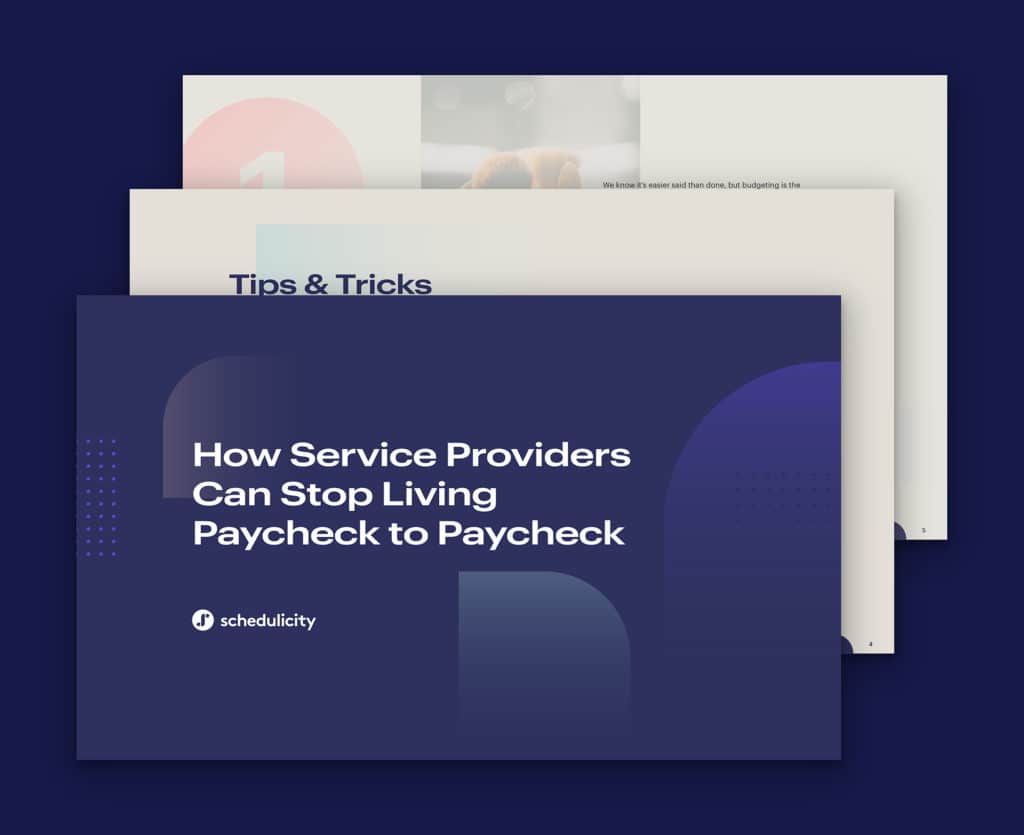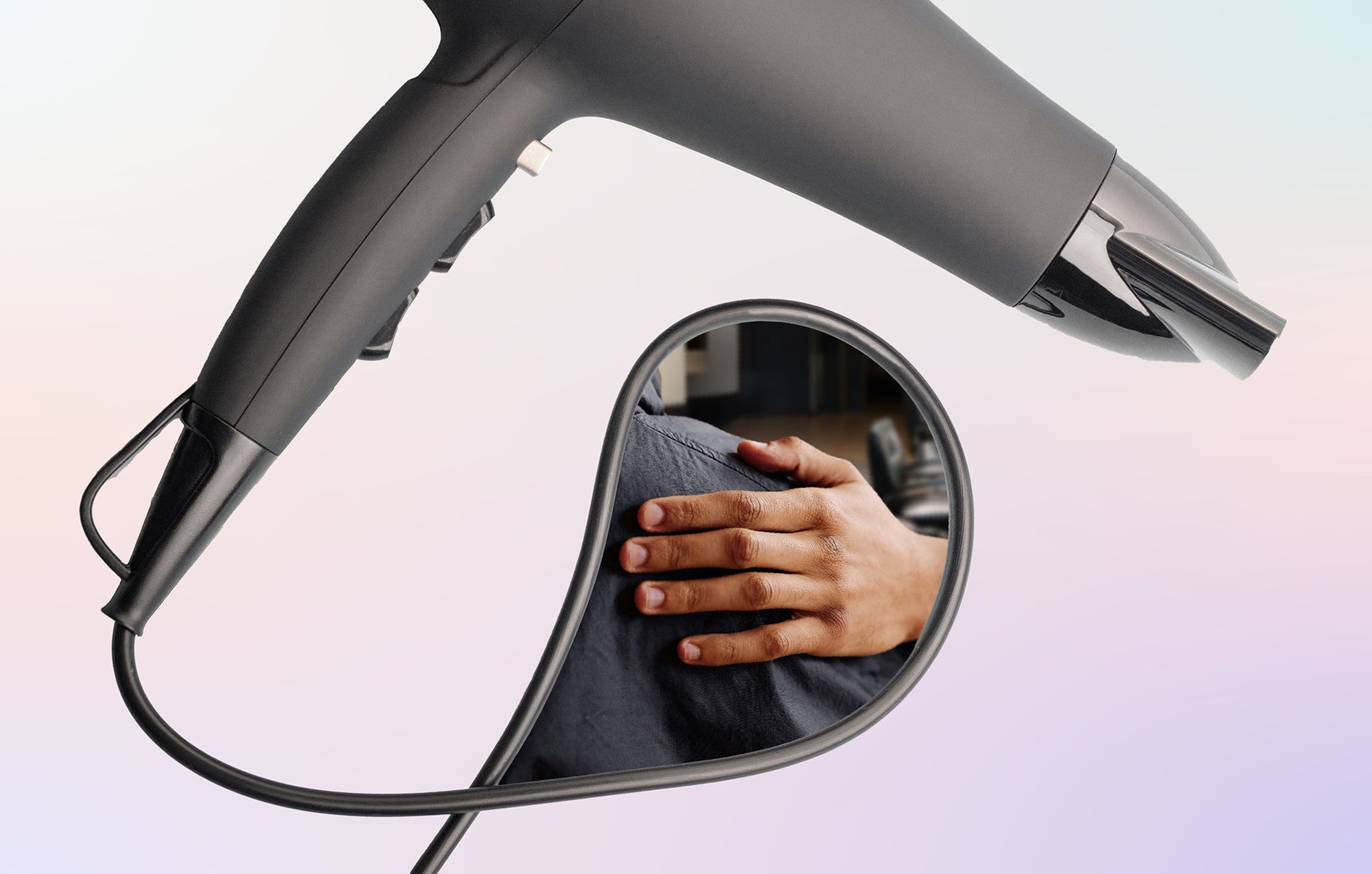Having a modest amount of emergency savings can make all the difference when it comes to responding to the unexpected…
We know now more than ever how essential that is. That’s why I want to start your wheels turning about budgeting as a hair stylist and saving money for your future.
Unfortunately, many people live paycheck-to-paycheck, and that’s especially common in the industries I work with even before the pandemic. That’s why I want us all to better plan ahead when it comes to finances.
Even if you aren’t ready to build savings for your business right now — due to your current situation — you can start a plan today for how and when you will.
We all come from a different place on this, and you have to start to save money where you can and when you can. But here are a few tips to consider when you’re ready to start.
5 Tips for Hair Stylist Budgeting
#1 Do What Works Best for Your Budget
The internet is full of advice on the specific percentage you should put towards savings, but there’s no sense in setting aside 40% of your revenue if you have 60% in expenses.
You will have nothing left to support living.
So, you have to figure out what percentage works for you each month based on your budget. A good place to start is to put 3-5 percent of your revenue aside. When you feel more comfortable, you can then increase that a bit each month.
Here’s a quick example:
If you bring in $100k a year, that’s $8,333 per month.
Three percent of that would be $250.
Five percent would be $416.
So, based on those two figures, decide what works best for you and your budget.
I also like to calculate by day just to give myself a better idea of what that money looks like:
$250 a month breaks down to $12.50 per day if you work a 4-day week.
Not so bad when you think of it like that!
#2 Start Slow and Keep It Steady
Some may think it’s best to start by putting aside a bunch of money right away, but that may be hard to sustain.
You know when people commit to working out for the New Year and start running six or seven days a week… and they wind up burnt out by February?
We tend to also get on a similar kick with saving and soon realize that we may have put a little more aside for a rainy day fund than we can afford.
You may get frustrated and then stop saving altogether. It’s better to start small and build up.

How to Make More Money in 8 Weeks
We’re officially changing the conversation around money. Let’s talk growth.
Learn More#3 Put The Rainy Day Fund into a Separate Savings Account
It makes managing your money so much cleaner. And it means you won’t have easy access to it. The fewer temptations to spend it, the better.
#4 Make It Automatic
I don’t know about you, but if I have to remember to put aside $250 dollars, I never will. It is best to get yourself into a regular routine, and setting up an automatic transfer is the best way to do it. This way, it never even hits your business bank account, so you won’t even miss it.
#5 Set a Goal for Three Months’ Expenses
The rule of thumb for business owners is to have at least three-to-six months of expenses put aside. I suggest you start by sitting down to figure out your expenses each month.
Then, once you have that number, you can start your 3% (automatic!) transfer every month until you build up enough cushion to make you feel comfortable.
This will give you such peace of mind, especially as we continue to grapple with how COVID continues to affect our incomes and the economy.
So many stylists and even small business owners were ill-prepared when it came to having that cushion. You always want to take a proactive approach to the financial side of your business.
And… if you’re looking for great advice on money and finances, you can check out Dave Ramsey. (He’s one of my favorites!)

Stop Living Paycheck to Paycheck
The first industry-specific guide to financial freedom is finally here.
Get the Guide






